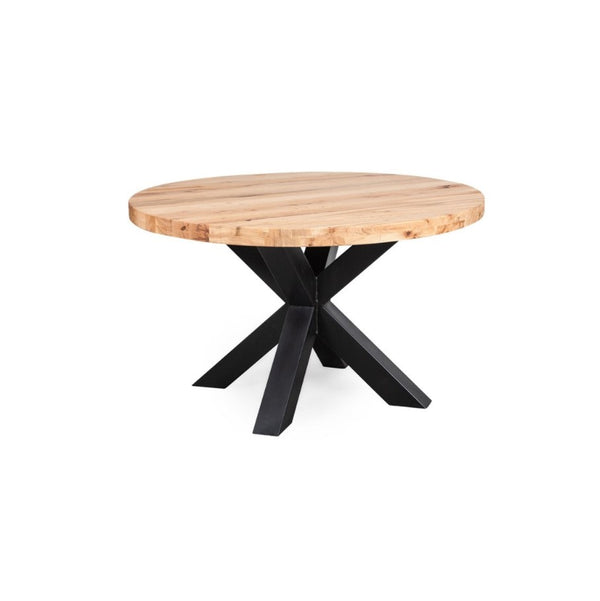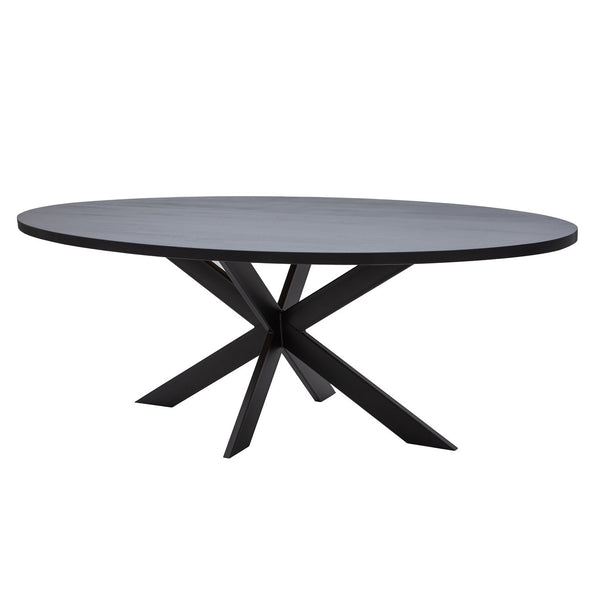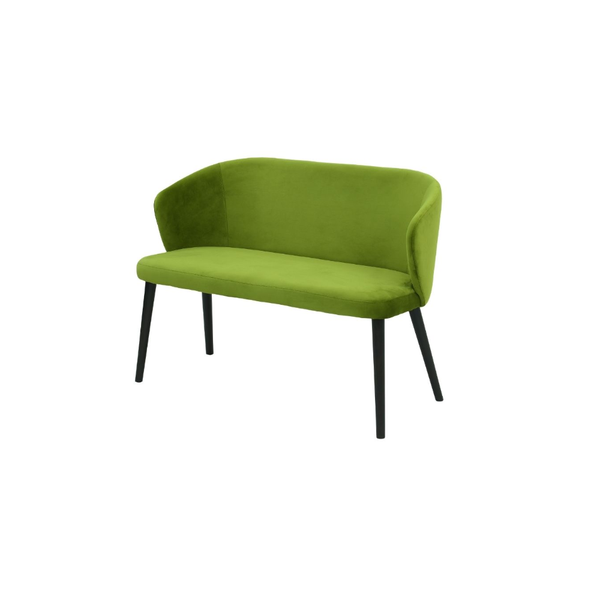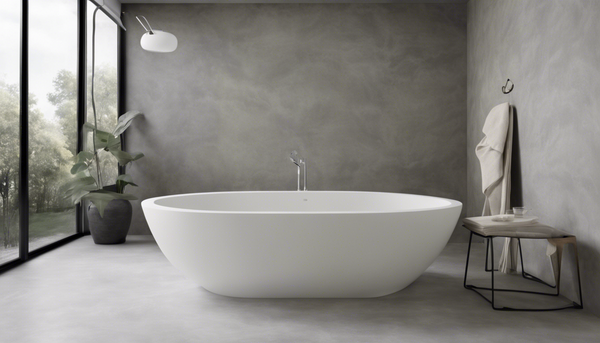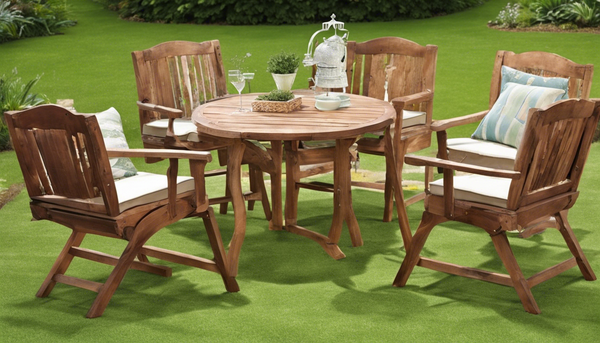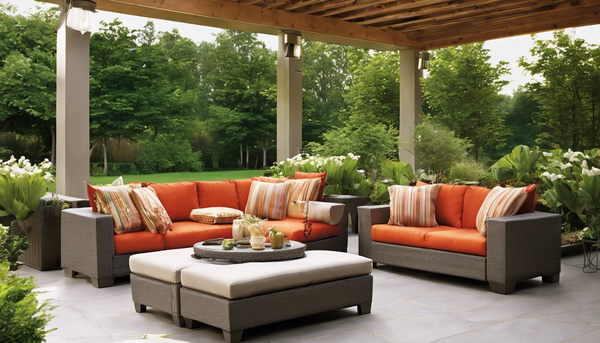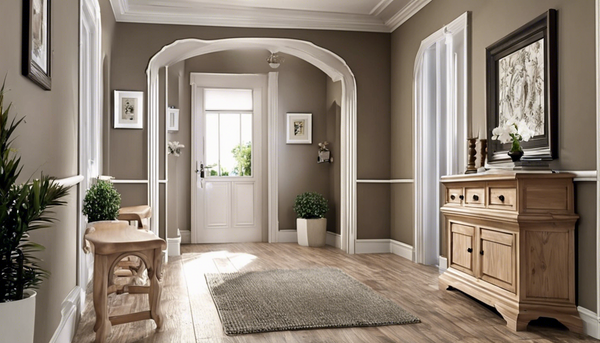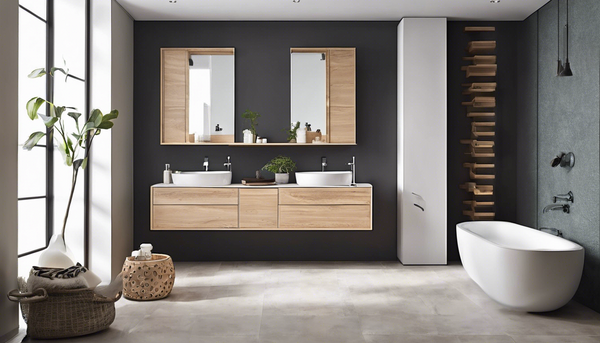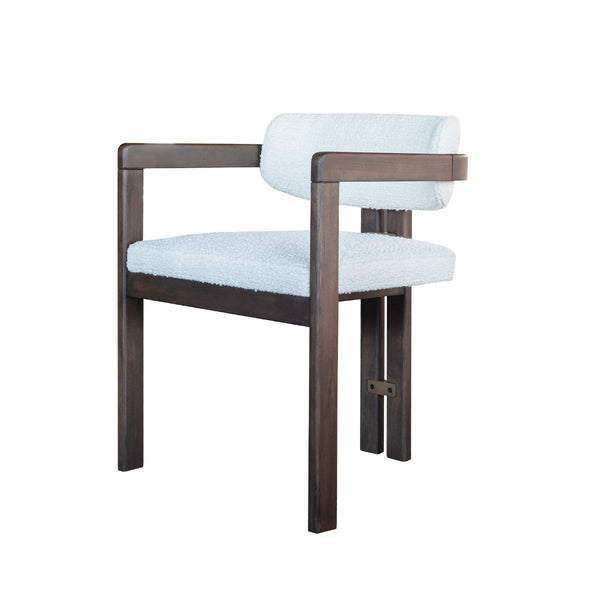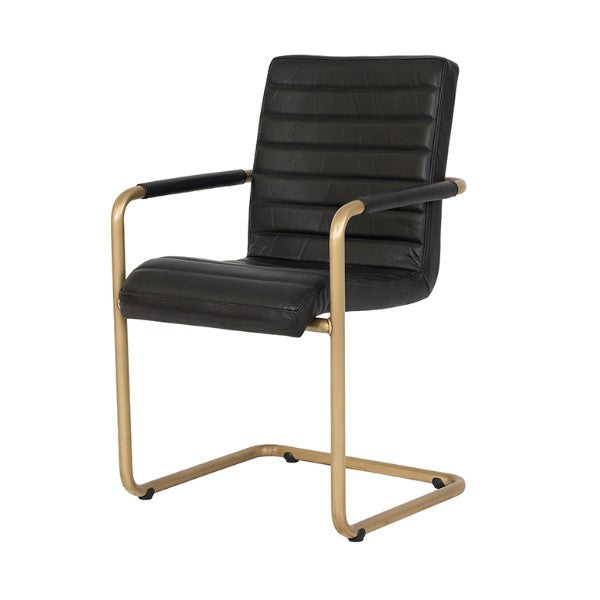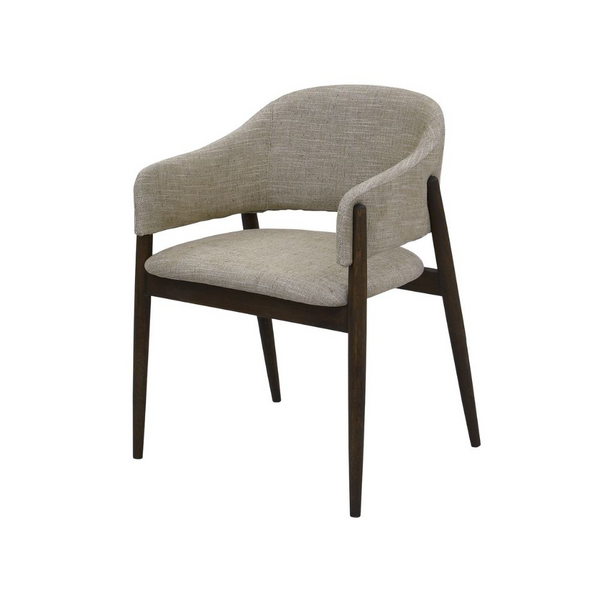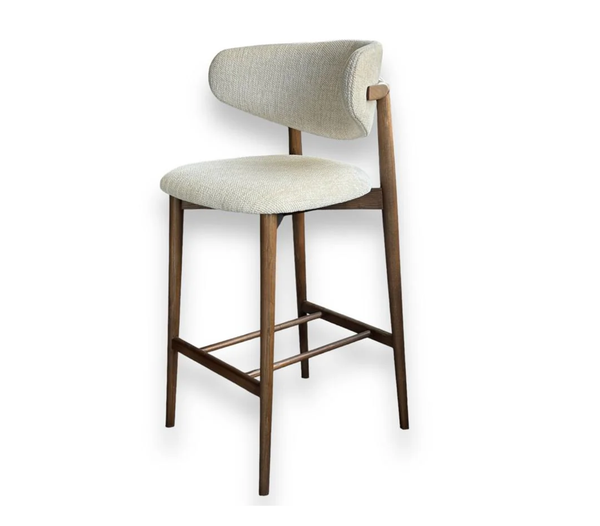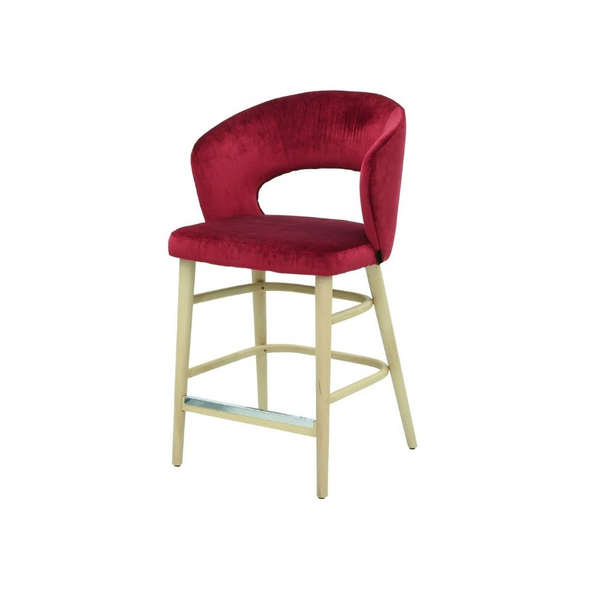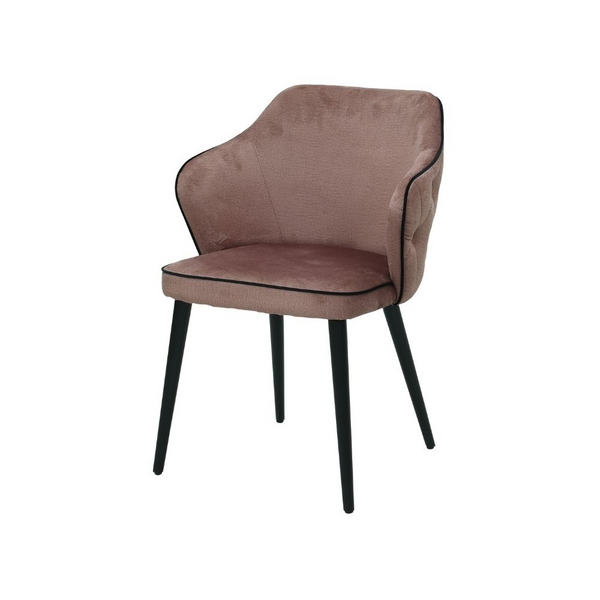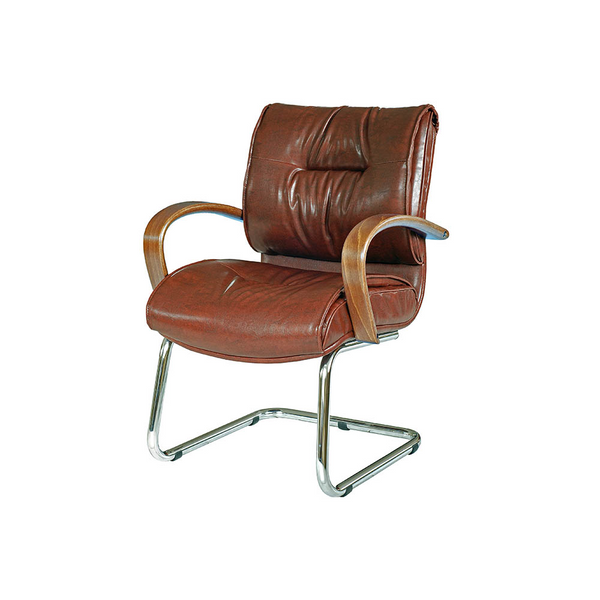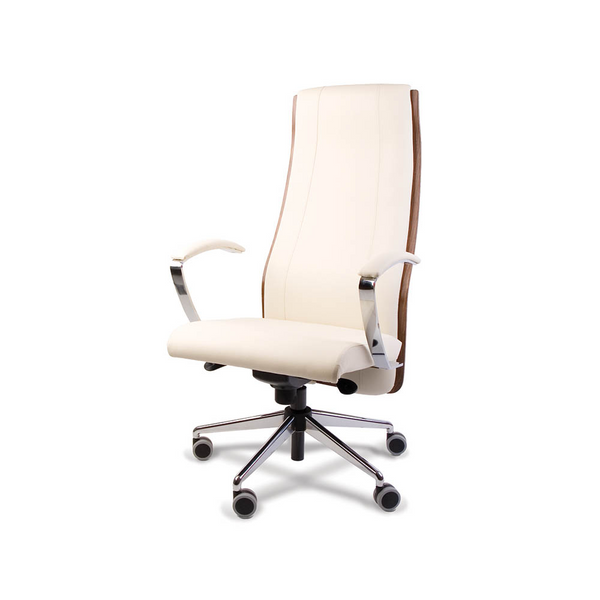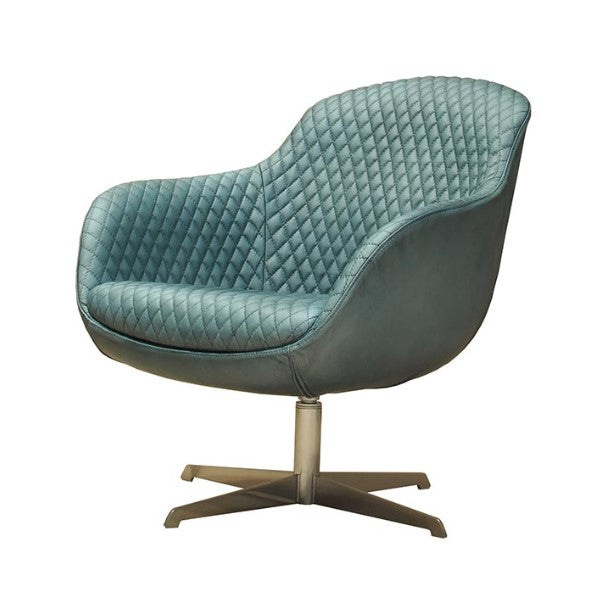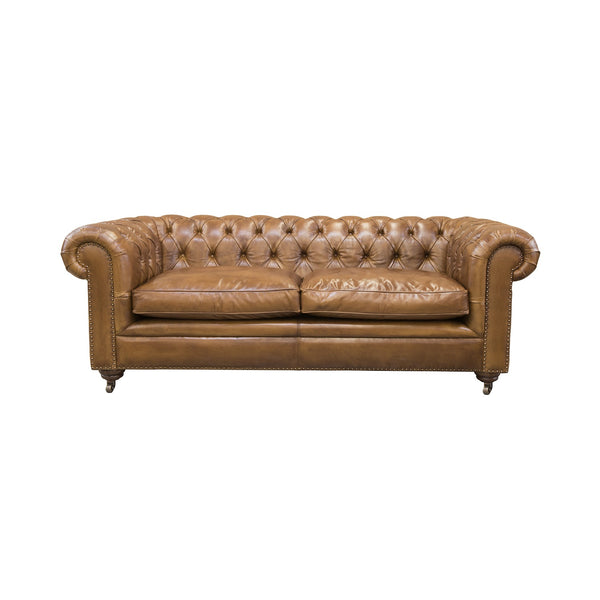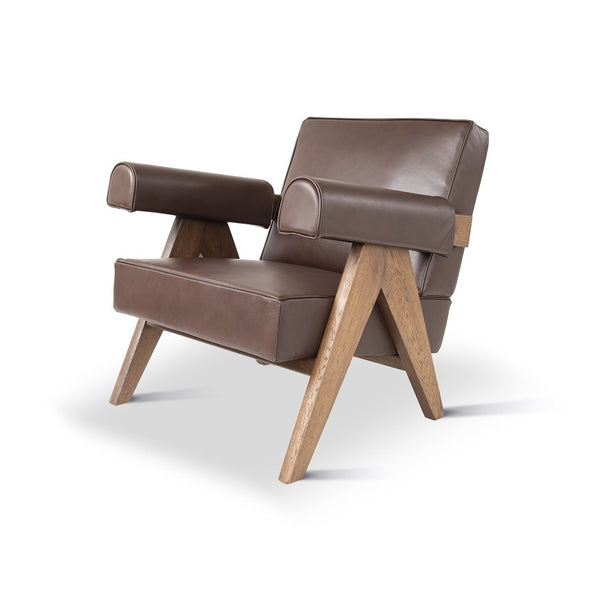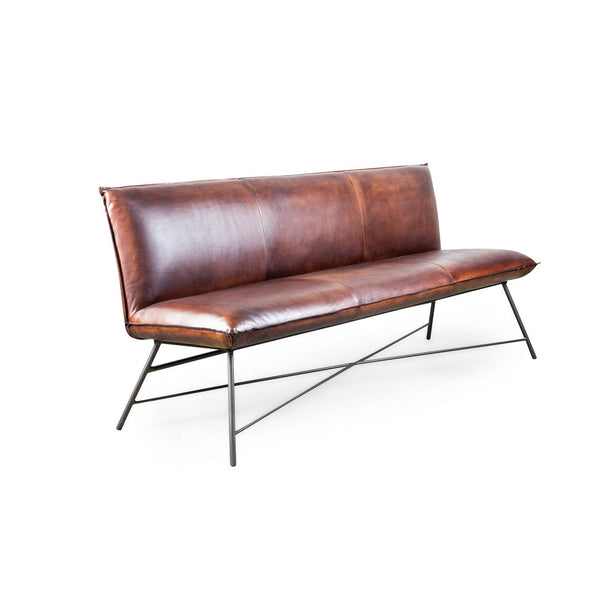Lighting fixtures
The Importance of Lighting Fixtures in the Design of Your Home
Transform your Home into a Bright Sanctuary
Lighting fixtures are essential elements in the interior design of your home, having a major impact on the atmosphere and mood of each room. A well-structured lighting plan can transform your home into a bright haven that brings comfort, aesthetics and functionality. This article will give you a detailed view on the importance of lighting fixtures and guide you in choosing and arranging them to create a pleasant and balanced environment.

1. Establishing the Purpose of Illumination
Before selecting lighting fixtures, it is crucial to understand the purpose of lighting for each room. Each space requires a combination of:
- General Lighting: Provides uniform light over the entire surface of the room.
- Accent Lighting: Highlight design elements such as art or architectural features.
- Work Lighting: Provides optimal visibility in areas dedicated to specific activities, such as the office or the cooking area.
For example, in a living room, you can combine pleasant ambient light with accent lighting for art objects and a reading lamp for the reading area.

2. Choice of Lighting Fixtures
After you have established the needs of each room, select the right lighting fixtures. Options range from:
- Suspended Lamps
- Luster
- ceiling
- Wall
- lamps
- Projectors
Each type of light fixture has unique characteristics and influences the aesthetic design of the room. Make sure you choose fixtures that align with the style of your home, maintaining a balance between functionality and design.

3. Color Temperature and Light Intensity
The color temperature of the lighting fixtures influences the atmosphere:
- Warm Light (2700-3000 Kelvin): Creates a relaxing and welcoming atmosphere.
- Cool Light (5000-6500 Kelvin): Gives a brighter, more energizing look.
In addition, it uses dimmers to adjust the intensity of the light, adapting to your needs throughout the day.

4. Accent lighting
Using lighting fixtures to highlight certain elements, such as paintings or decorative plants, adds personality and elegance to your space. Projectors and directional spotlights are ideal for creating dramatic effects and accentuating the unique features of your home.

5. Energy Economy
To minimize energy consumption, opt for efficient lighting sources such as LEDs. They are durable and use less energy than traditional light bulbs. Also, the use of motion sensors and timers helps to save energy by activating the light only when needed.

The Correct Lighting of Your Kitchen
Efficient Solutions for a Bright and Functional Environment
Proper lighting in the kitchen is essential to create a pleasant and efficient space for cooking and spending time. Here are some solutions to optimize your kitchen lighting:
1. Take advantage of Natural Light
Maximize the use of natural light by placing hardware and blinds that allow a large amount of light to enter. Fully or partially retractable fittings help create a bright space during the day.
2. General Lighting
For uniform lighting, use ceiling lights or chandeliers that provide constant and well-distributed light. Opt for LED bulbs, which provide white and efficient light, similar to natural light.

3. Ambient Lighting
Add LED strips under cabinets or behind furniture for a diffused and pleasant light. This soft light helps create a relaxing atmosphere and provides a decorative accent.
4. Accent lighting
To highlight work or dining areas, use directional spotlights or projectors mounted on the ceiling or wall. This type of lighting adds contrast and highlights desired areas.

5. Under Cabinet Lighting
Install LED strips under cabinets to effectively illuminate the worktop, reducing unpleasant shadows and reflections. This focused illumination is essential for excellent visibility.
6. Light Intensity Control
Use dimmers to adjust the light intensity according to your needs and the time of day. Motion sensors can automatically turn on the light when you enter the kitchen and turn it off when you leave, helping to save energy.

7. Suspension lighting
For an extra touch of elegance, you can opt for hanging lamps above the table or the kitchen island. Pendant or chandelier designs add a decorative element and focus lighting in key areas.
8. Illumination in Stages
Divide the kitchen into distinct areas and light them individually. For example, use bright lighting in the cooking area and softer light in the dining area to create different atmospheres.

9. Managing Shadows and Reflections
Place light sources to minimize shadows on work areas and avoid unpleasant reflections. Opt for lampshades that direct light evenly.
10. Color and Finishes
Choose light wall colors and matte finishes to better reflect light and avoid intense reflections.
Conclusion
The right lighting turns every room, including the kitchen, into an aesthetic and functional space. By combining general, ambient, accent and under-cabinet lighting together with control options such as dimmers and motion sensors, you will create a bright and pleasant environment. Choose efficient light sources and modern technologies to save energy and improve comfort in your home.


